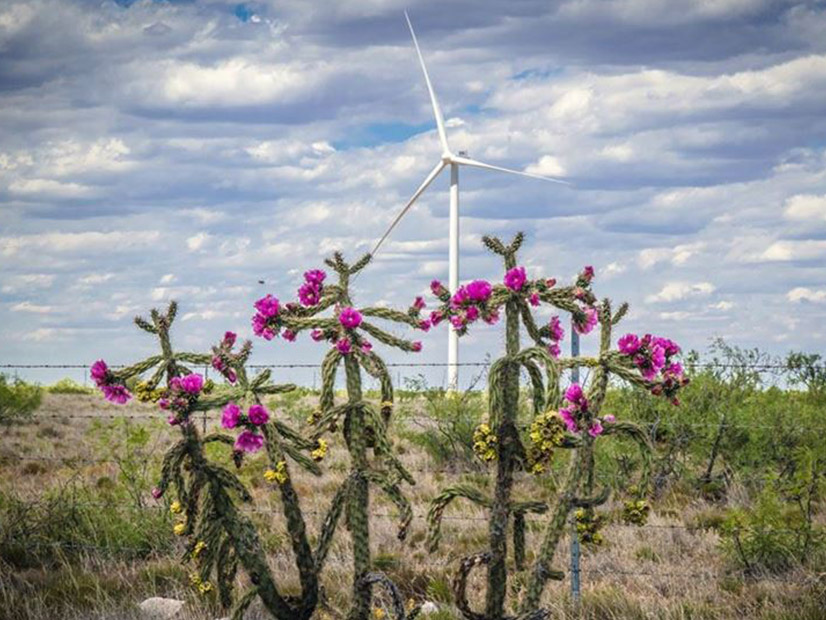
In a call with analysists, the Newfoundland and Labrador, Canada-based company’s CEO, David Hutchens, highlighted the work of its subsidiary ITC Transmission, the largest independent electricity transmission company in the U.S.
He discussed FERC Proposes Increased Tx Incentives.)
“So, we don’t know where that will end up, and we will obviously make comments accordingly on the importance of the RTO adder … for getting people inside those RTOs,” Hutchens said. “It is extremely important to recognize that the bigger the markets are, the lower the costs are [and] the higher the reliability and the more renewable energy that we can integrate into the system. So, we really think that that was the wrong direction.”
Hutchens noted that MISO Execs Defend Need for Long-range Tx.) ITC’s assets are strategically located to interconnect the Midwest to cleaner energy resources, he said.
ITC CEO Linda Apsey said the company expects MISO to announce their portfolio of first-mover projects later this year; they would be included in MISO’s annual Transmission Expansion Plan for next year.
“There is a group of MISO transmission owners that is also advancing principles around cost allocation that would be coincident with the projects that are put forth,” Apsey said. “So, we are very optimistic given a lot of the activity, the conversation, the collaboration [and] the engagements across MISO.”
The proposed 1,000-MW Lake Erie Connector transmission project between Ontario and Pennsylvania also continues to progress, Hutchens noted. In April, the Canada Infrastructure Bank announced that it will fund up to 40% of the $1.7 billion project cost.
“The project is expected to bring an estimated $100 million in annual savings to Ontario customers by connecting their grid to the PJM Interconnection,” Hutchens said.
Finally, Hutchens noted that the Biden administration recently released its proposed infrastructure plan calling for carbon-free power from the electricity sector by 2035, which could accelerate capital investments at the firm’s U.S. utilities through transmission interconnections at ITC, clean generation and energy storage in Arizona, and electric vehicle infrastructure in all the states Fortis serves, Hutchens said.
Fortis posted 2020 revenue of $8.9 billion and had total assets of $56 billion as of March 31. The company serves utility customers in five Canadian provinces, nine U.S. states and three Caribbean countries.
Transcript courtesy of Seeking Alpha.




